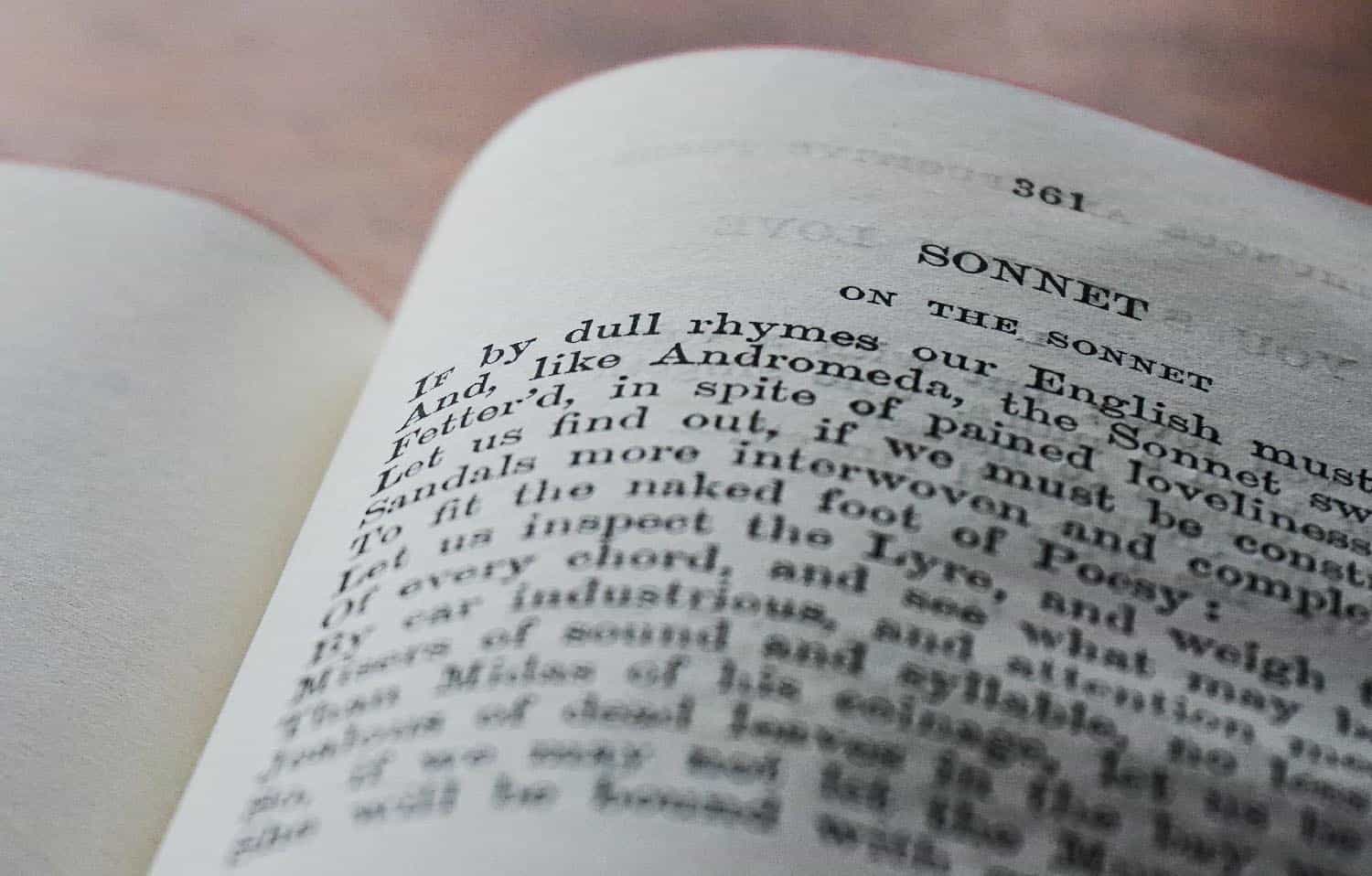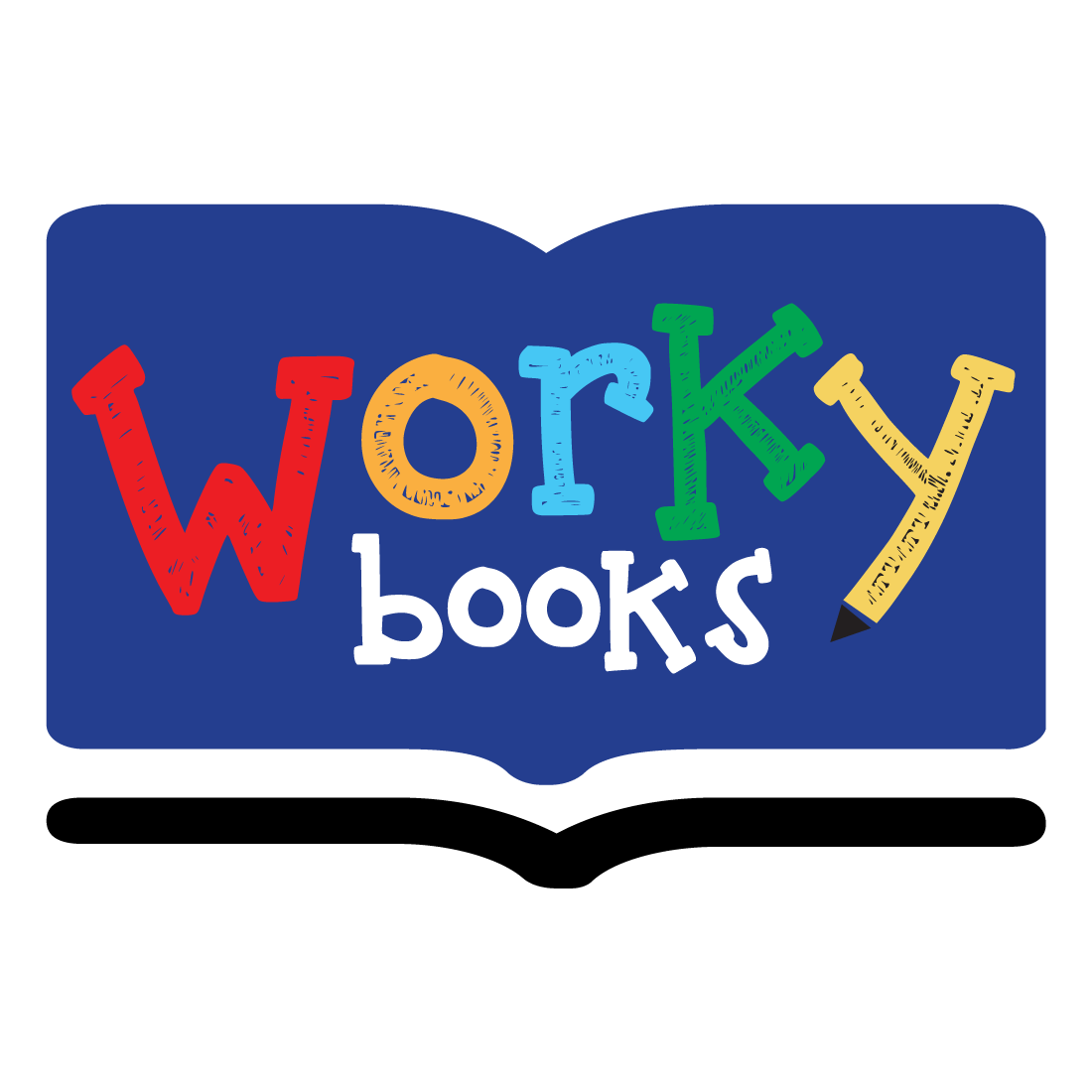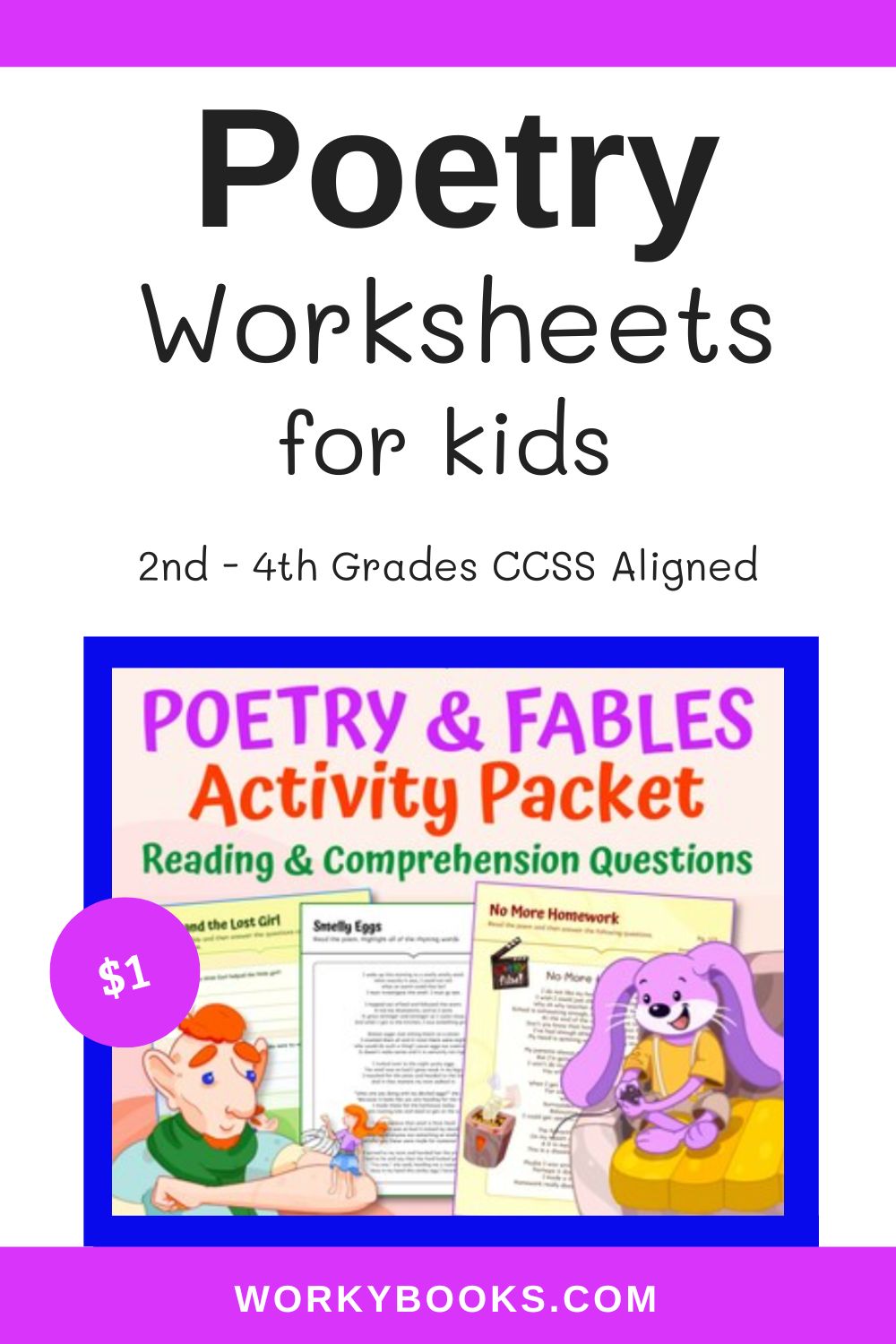10 Types of Poetry for Kids

Poetry is like music made with words. It’s fun, it rhymes, and sometimes it paints pictures in your mind! For kids, exploring different types of poems is a wonderful way to enjoy reading and express their creativity through writing.
From easy poems to fun rhymes, poetry helps children build confidence, vocabulary, and a lifelong love for language. In this guide, we’ll walk through the best 10 types of poems every child will enjoy — both reading and writing.
Let’s jump into the world of poetry and discover what makes it magical!
1. Acrostic Poems
Acrostic poems are perfect for beginners. In this kind of poem, the first letter of each line spells out a word. It’s like a word puzzle with a poetic twist!
Example:
| S – Sun is shining bright
U – Up above the world so high N – Nice and warm in the sky |
This is one of the best poems for kindergarteners to help them spell and express their feelings creatively.
2. Haiku Poems
Straight from Japan, Haiku poems are short and sweet! These types of poems in English follow a 5-7-5 syllable pattern and often describe nature.
Example:
| Butterfly dancing
On the petals of spring bloom Soft wings kiss the breeze |
They’re simple and excellent for learning about syllables and natural vocabulary.
3. Rhyming Poems
These are the most common and popular types of poetry among children. They have a musical rhythm and are easy to remember.
Example:
| The cat wore a hat,
And chased a little rat! |
Rhyming poems are great educational resources because they teach patterns, sounds, and structure in a fun way.
4. Limerick Poems
Limericks are silly and fun! These forms of poetry have five lines and a specific rhythm and rhyme scheme: AABBA.
Example:
| There once was a frog from Peru,
Who always wore one red shoe. He danced in the rain, Like a speedy train, And slipped in a puddle of glue! |
Perfect for building humor and creativity!
5. Shape Poems
In shape poems, the words form a shape related to the topic. It’s a visual and poetic treat combined!
Example: A poem about a balloon shaped like… a balloon!
This style of poetry supports both reading and artistic expression. These are great additions to printable worksheets for interactive lessons.
6. Cinquain Poems
Cinquains are short poem formats with five lines that follow a specific pattern of syllables or word types.
Example:
| Stars
Twinkling, shining Glimmering in the night Lighting up the endless sky Magic |
This kind of poem boosts descriptive language skills in young writers.
7. Narrative Poems
Narrative poems tell a story. These different kinds of poems are longer and often include characters, plot, and setting.
Example: A story about a bunny who lost its way and found new friends on an adventure.
They help children connect storytelling with rhythm and rhyme, building both reading and writing fluency.
8. Free Verse Poems
Free verse has no set rules! These styles of poetry are excellent for letting kids write about anything they want — freely and fearlessly.
Example:
| I sit by the window
Watching clouds dance Like slow-moving pillows in the sky |
They promote creativity and freedom of expression in young learners.
9. Diamante Poems
Diamante poems are shaped like a diamond. They’re structured with nouns, adjectives, and -ing words.
Example:
| Cat
Fluffy, Soft Purring, Leaping, Napping Feline, Pet, Animal, Hunter Sneaking, Climbing, Meowing Quick, Curious Kitten |
This unique type of poem combines vocabulary and structure in a fun format.
10. Couplet Poems
Couplets are two-line poem formats that usually rhyme. They’re short, fun, and easy to write.
Example:
| I like to play in the sun,
Running around is so much fun! |
Great for beginners, especially when creating small English poems.
Fun Poetry Ideas for Home or School
Want to make poetry even more fun? Check out our poetry worksheets
Poetry as an Educational Tool
Poetry builds vocabulary, confidence, imagination, and emotional expression. Teachers can use it to introduce phonics, sentence structure, and story-building.
Printable educational resources like poetry cards, rhyme games, and types of poems in English guides are perfect for classroom or homeschool use.
Wrap-Up: Let the Poetry Begin!
From silly limericks to thoughtful haikus, exploring these 10 types of poetry gives kids a world of words to play with. Whether they’re just starting with easy poems or diving deep into different kinds of poems, poetry brings joy and learning together.
If you’re looking to take your child’s poetry adventure to the next level, Workybooks offers common core aligned educational resources, online digital worksheets, and printable worksheets crafted especially for kids. With creative tools and fun formats, Workybooks helps little learners fall in love with reading and writing poems!

